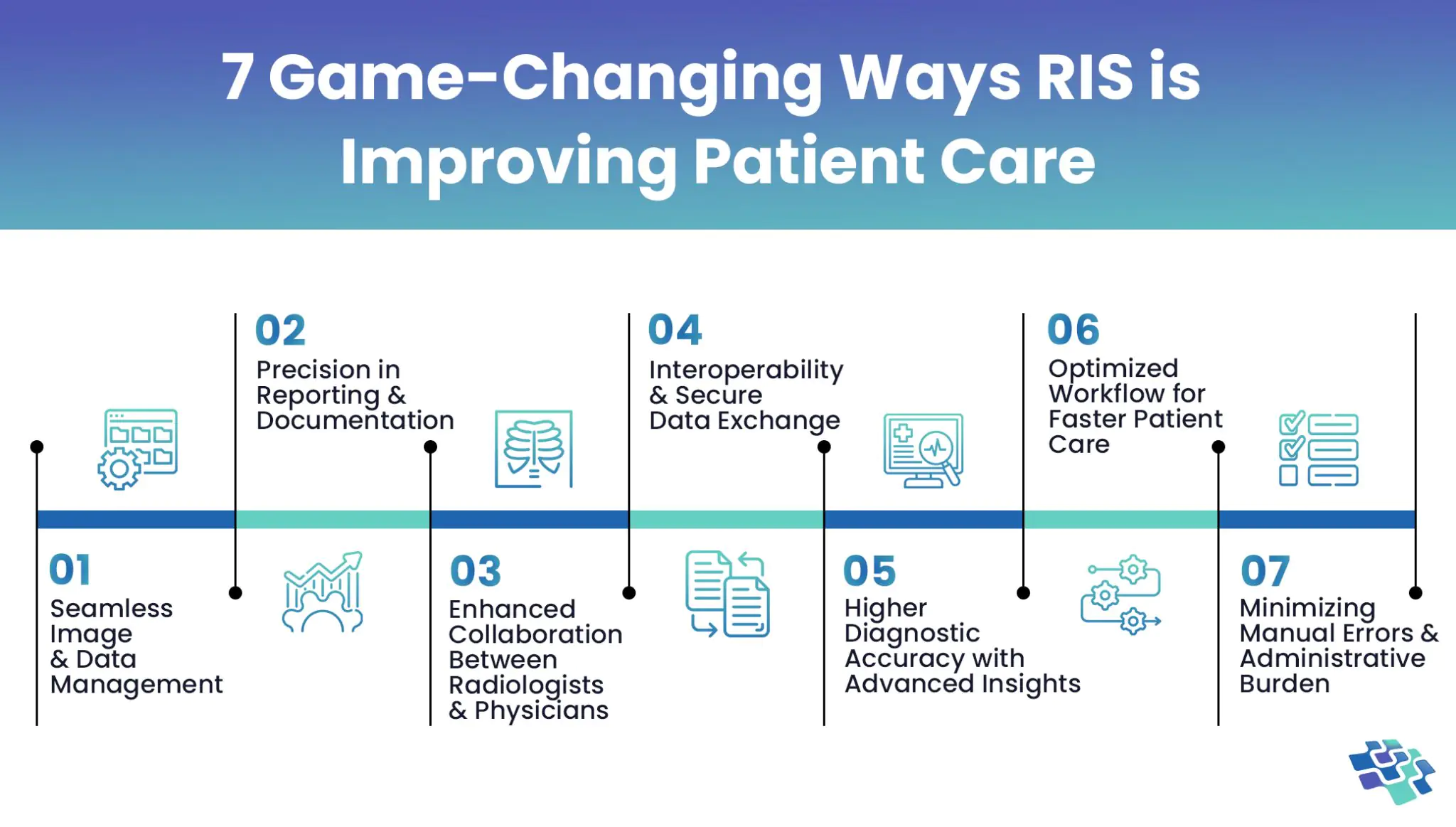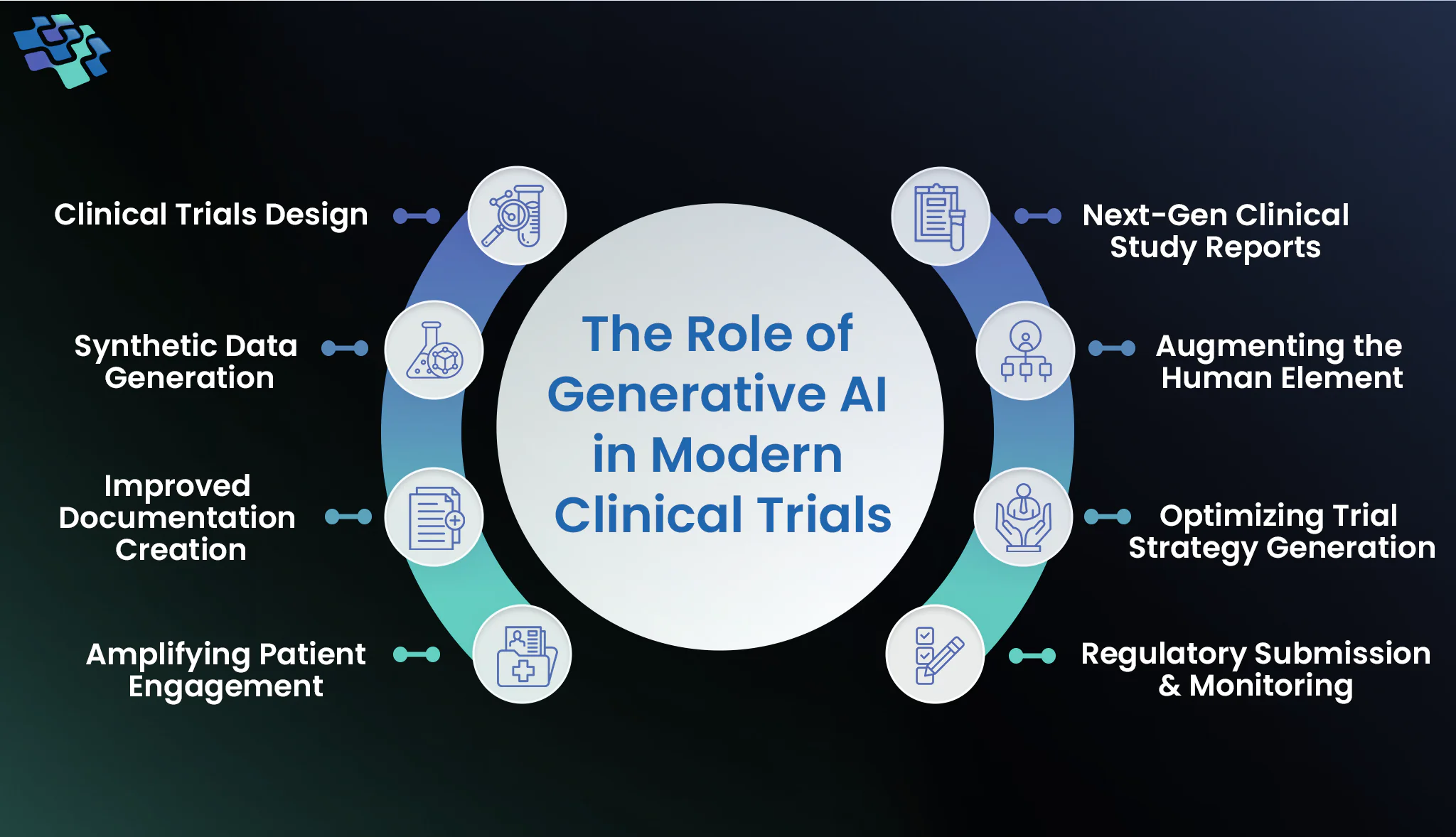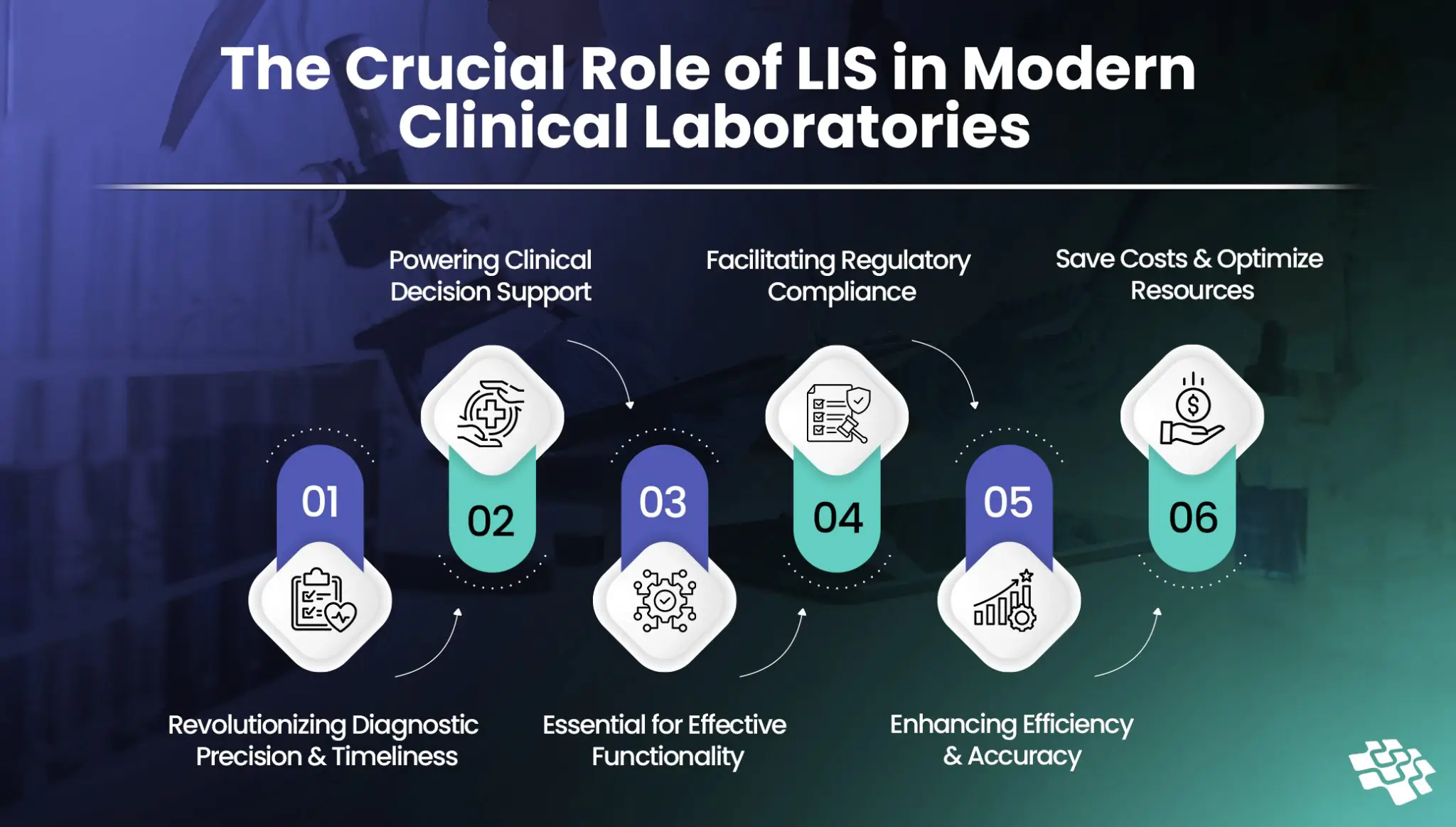Struggling with Staffing Shortages? Discover How Lab Automation Can Solve the Crisis!
By integrating lab automation and an artificial intelligence-based clinical decision support system, manual processes can be eliminated, allowing workers to manage their workload more efficiently.

Struggling With Diagnostic Delays? Let’s Transform Your Workflow With AI-Powered Solutions for Faster, Accurate Results!

“The escalating demand for efficient workflow management in laboratories is a key driver propelling the adoption of laboratory information systems (LIS). Similarly, the growing need for LIS solutions seamlessly integrating with automation equipment will create growth prospects for laboratory information system manufacturers. Laboratories, ranging from clinical settings to research institutions, face a mounting need to streamline processes and bolster workflow efficiency. Thus, they employ laboratory information systems, which are key in ensuring laboratory operations’ accuracy, efficiency, and compliance.”– Future Market Insights
What is a LIMS: A Quick Overview
Laboratory information management system (LIMS) facilitates contemporary laboratory operations. It oversees laboratory operations, samples, and related data, making sure that information is precisely documented and readily available.
In addition to helping with regulatory compliance and improving the effectiveness of research and development procedures, a LIMS makes it easier to control the flow of information inside a laboratory. A LIMS is an essential tool for both industrial and scientific labs since it allows laboratories to automate repetitive activities, minimize human error, and ensure consistent data quality.
Why Are Lab Staffing Shortages Happening?
This situation is not a completely novel issue, but during the past few years, many things have made it worse. These elements consist of, for example:
- Medical laboratory scientists (MLS) are aging and approaching retirement at a high rate;
- A reduction in the training programs available to prospective applicants because of a drop in interest in the field due to poor visibility;
- A rise in the demand for testing has revealed the weaknesses of the lab workforce and added to the strain and stress of lab professionals.
Workplace availability and staffing demands are already far apart, and the supply of recent graduates is not keeping up with the demand. Many laboratories are having trouble filling their openings.
Laboratory Staff Shortages Impact Felt by Laboratories
The workplace is challenging due to a shortage of laboratory workers. These are the fundamental elements of laboratory research, and their scarcity may certainly have negative effects on labs.
- Reduced Quality & Accuracy of Results: The knowledge and skills of laboratory employees are crucial in locating and reducing sources of mistakes, and they are educated to ensure the precision and dependability of scientific data. However, a lack of laboratory personnel increases the possibility of errors and mistakes, which might jeopardize the precision and quality of scientific findings. In domains like clinical research or medication development, where imprecise or untrustworthy data may result in wrong diagnoses, inefficient therapies, or even patient injury, such mistakes can have major repercussions.
- Increased Workload & Stress: Existing employees are overworked due to the lack of laboratory personnel, which raises stress levels, causes burnout, and reduces job satisfaction. The quality of the work may suffer due to the increased workload and stress. Similarly, it may have a detrimental effect on laboratory employees’ physical and mental well-being. Numerous studies have demonstrated that increasing workloads and stress levels can result in more mistakes across all industries. Increased stress can also result in employee attrition, which exacerbates the lab staffing shortages crisis and feeds the vicious cycle of understaffing and decreased productivity.
- Increased Risk to Public Health & Safety: Lack of laboratory employees may potentially have detrimental effects on public health and safety. Delays in sample processing, for instance, may result in delayed diagnosis and treatment in clinical laboratories, which could jeopardize patient outcomes. Understaffing in food safety labs can cause delays in detecting and addressing foodborne illness outbreaks, endangering the public’s health. Similarly, understaffed environmental labs can cause delays in detecting and addressing environmental threats, including tainted air or water, endangering residents.
Ensure Compliance and Quality With AI-Powered Software Tailored to Your Healthcare and Laboratory Needs!
6 Most Crucial Ways Lab Automation Can Mitigate Staffing Shortages
Laboratory automation advantages play a vital role in addressing lab staffing shortages by enhancing efficiency, reducing manual workloads, and streamlining workflows. By leveraging artificial intelligence-based clinical decision support systems, labs can maintain productivity, ensure accuracy, and optimize resource utilization, improving patient care and operational sustainability.
 1. Improved Resource Allocation & Routine Tasks
1. Improved Resource Allocation & Routine Tasks
Resources, such as personnel and equipment, are used more effectively when the workflow is improved. As a result, money can be saved, and more tests can be conducted without compromising quality.
With digital health software development services, a robust LIS automates several tasks, including result reporting and test ordering. Because of this lab automation, which speeds up the entire workflow, decreases errors, and eliminates the need for manual data entry, labs can handle more tests without having to hire more workers.
2. Turns Data into Laboratory Growth
Large volumes of data produced by laboratory activities can be gathered, arranged, and analyzed with the help of a robust laboratory information management system. Managers may make data-driven decisions that optimize operations and identify development prospects with the use of this data, which offers insights into test utilization patterns, turnaround times, quality measures, and financial success.
- Operational Optimization: With Lab automation, artificial intelligence-based clinical decision support systems, laboratories can identify process bottlenecks and inefficiencies by examining data on test volumes, equipment utilization, and employee performance. Resolving these problems results in more efficient operations and increased productivity.
- Growth Identification: Trends and patterns that highlight fresh areas for growth can be revealed by advanced data analytics. Data-driven insights serve as the cornerstone for strategic expansion, whether it involves growing test offers or breaking into new markets.
3. Sample Preparation
With robotic tools in lab automation, sample preparation tasks like pipetting serum or choosing the appropriate tube for an analyzer are simple.
This frees up bench technicians’ time for skill-related activities like figuring out why a patient ID in the lab information system does not match the sample or looking into why a courier delivered an unexpected tube.
4. Next-Generation Sequencing
Next-generation sequencing (NGS) involves repetitive and labor-intensive processes, making it ideal for lab automation. Automated tools streamline tasks such as NGS library preparation, significantly reducing manual effort and processing time. By minimizing technician workload, automation enhances efficiency, lowers costs, and accelerates sequencing workflows. This is especially crucial for complex cases like cancer or rare diseases, where faster results enable timely clinical decisions.
Optimized automation in NGS ensures high precision, scalability, and improved laboratory productivity for advanced genomic research.
5. Reduced Turnaround Time
One of the key benefits of laboratory automation is significantly faster turnaround times. Automated systems process a higher volume of samples efficiently, reducing delays and accelerating diagnosis. Unlike manual workflows, automation enables seamless scalability, allowing analyzers to handle multiple samples simultaneously with precision. This not only enhances lab productivity but also ensures timely and accurate results.
By minimizing bottlenecks and human dependencies, automation streamlines operations, improving patient outcomes through quicker diagnostic insights and more efficient clinical decision-making.
6. Barcoding & Sample Tracking
Pathology lab software workflows are highly configurable, and advanced solutions offer robust barcoding and sample tracking to enhance patient safety. A laboratory information system can automatically generate just-in-time labels with unique identifiers for every sample. These labels enable seamless tracking from collection to final analysis, reducing errors and improving efficiency.
The automated barcoding system minimizes manual processing mistakes and decreases reliance on staff, ensuring greater accuracy and reliability. By streamlining sample management, labs can optimize workflow, maintain compliance, and enhance overall operational efficiency.
Frustrated With Inconsistent Lab Processes? Let’s Standardize and Streamline Your Operations With AI-Powered Solutions!
Key Laboratory Information System Function
The extensive and advanced automation capabilities of the LIS & RCM Laboratory Informatics Platform provide insight into each stage of laboratory workflow management activities.
- Real-time Dashboards: Lab directors and managers can utilize real-time dashboards and widgets to monitor workflow performance and quickly identify bottlenecks affecting efficiency. These tools enhance visibility, enabling resource allocation and automation adjustments to optimize throughput, reduce redundancy, and minimize dependence on LIS staffing for streamlined operations.
- Customized Lab Reports: Beyond automating workflows to address staff shortages, a robust laboratory information system offers unlimited lab report customization. Labs can design tailored templates with images, diagrams, and rich text, ensuring clear communication. Automated distribution ensures reports reach physicians or departments via electronic health records and other channels.
- Interoperability: Addressing gaps in legacy LIS technologies, an advanced informatics platform enables seamless interoperability with lab and hospital systems. It integrates with lab billing, EHRs, and third-party services, automating order processing and report delivery. This reduces manual workload, enhances efficiency, and mitigates LIS staffing shortages.
Conclusion
Implementing a laboratory information management system (LIMS) provides comprehensive solutions to enhance efficiency, maintain quality, and address critical lab staffing shortages. By leveraging automation, standardization, and intelligent workflow management, laboratories can optimize operations and maximize human resource potential. NextGen Invent tackles these challenges with an intuitive interface, advanced automation capabilities, and flexible configuration options. With LIMS implementation, laboratories can:
- Automate workflows to minimize manual labor
- Standardize processes across laboratory operations
- Enable remote access for data review and approval
- Enhance training and development initiatives
- Ensure compliance and quality control with a lean workforce
- Scale efficiently to meet rising testing demands
NextGen Invent’s AI-based clinical decision support system empowers laboratories with cutting-edge software development services, enhancing decision-making, streamlining workflows, and improving accuracy. Our solutions integrate seamlessly with existing lab systems, ensuring better efficiency, reduced errors, and optimized resource utilization. Partner with us to transform your laboratory operations and drive innovation.
Frequently Asked Questions About Lab automation
Related Blogs

7 Game-Changing Benefits of Radiology Information System for Enhanced Patient Care & Efficiency
Digital health software development services reduce the likelihood of errors and improve the quality of patient care by ensuring that radiologists and other medical practitioners have immediate access to critical patient data.

The Advancing Role of Generative AI in Clinical Trials
Generative AI has the potential to not only alleviate the growing expenses linked to clinical development but also bring about a paradigm change by accelerating work throughout the whole clinical lifecycle.

The Crucial Role of Laboratory Management System in Modern Clinical Labs
Does your lab have ongoing difficulties meeting the demands of patient diagnostics? Are out-of-date systems and mistakes made when entering data by hand slowing down your team and affecting patient care?
Stay In the Know
Get Latest updates and industry insights every month.
 1. Improved Resource Allocation & Routine Tasks
1. Improved Resource Allocation & Routine Tasks